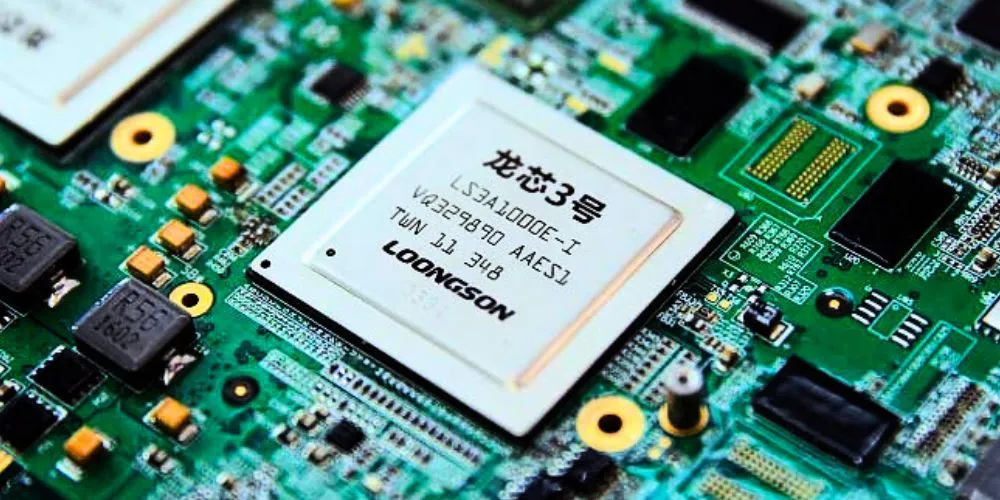Key Points
- Loongson is adopting a “tock-tock-tick” cycle for its fourth-generation CPUs, adding an extra optimization phase to boost architectural performance.
- Previously inspired by Intel’s tick-tock approach, Loongson now implements an enhanced method, aiming to refine performance.
- Loongson’s fourth-generation CPUs, once on par with 7nm nodes, could compete with AMD’s Zen 5 and Intel’s Arrow Lake architectures.
- Loongson’s new strategy and performance gains may position it as a competitor in the CPU market, particularly within the Chinese tech landscape.
Chinese CPU manufacturer Loongson is advancing rapidly to close the performance gap with Western CPU giants. According to Fast Technology, Loongson’s fourth generation of CPUs is leveraging a new strategy called “tock-tock-tick,” a shift from the traditional tick-tock approach previously inspired by Intel. This change aims to boost Loongson’s development pace and innovation, especially as global tech competition intensifies.
Historically, Loongson’s chip development closely mirrored Intel’s previous “tick-tock” model, alternating between architectural innovation and advancing to a new process node. A “tock” signified architectural design on the same node, while a “tick” referred to transferring the architecture to a smaller process node. This methodology enabled incremental improvements with each generation. However, Intel has since moved away from tick-tock after releasing its latest Arrow Lake CPUs with simultaneous architectural and node advancements.
Loongson has adopted tick-tock for the past three CPU generations, delivering steady improvements. Its current third-generation processors, including the 3A6000, 3B6000M, and 3C6000—known as the “Three Musketeers”—reflect the company’s progress. The second “tock” in this lineup introduced the 3A6600, 3B6600, and 3C6600, with performance and efficiency improvements now competing with Intel’s 12th- and 13th-generation chips. The 3B6600, for instance, includes eight LA864 cores running at a 3 GHz clock frequency, achieving performance levels comparable to some of Intel’s latest offerings.
Looking ahead, Loongson’s fourth-generation CPUs, still in development, will utilize the new “tock-tock-tick” approach. This adds an optimization phase to each architectural “tock” before advancing to a smaller node in the “tick.” This strategic shift aims to maximize the performance and efficiency of each generation, ensuring refined designs before node transitions. The upcoming fourth-gen chips will reportedly be manufactured on a process node comparable to the 7nm technology used by Western competitors, suggesting potential parity with upcoming CPUs like AMD’s Zen 5 and Intel’s Arrow Lake.
While specific fourth-generation CPU models have yet to be announced, Loongson’s recent advancements suggest a growing capability to compete with major players. If Loongson’s third-gen CPUs already rival Intel’s Raptor Lake, it’s plausible that its next-gen chips could challenge Western performance standards.










